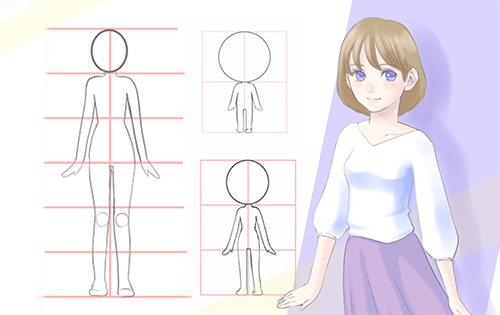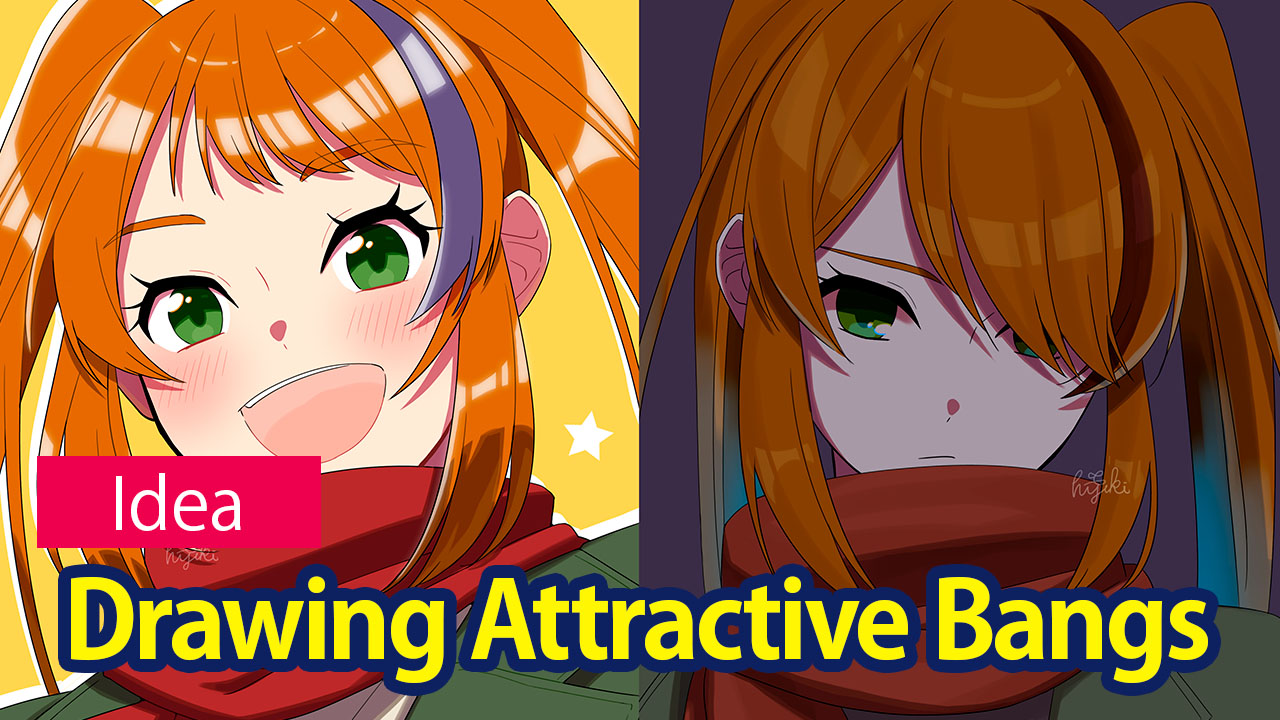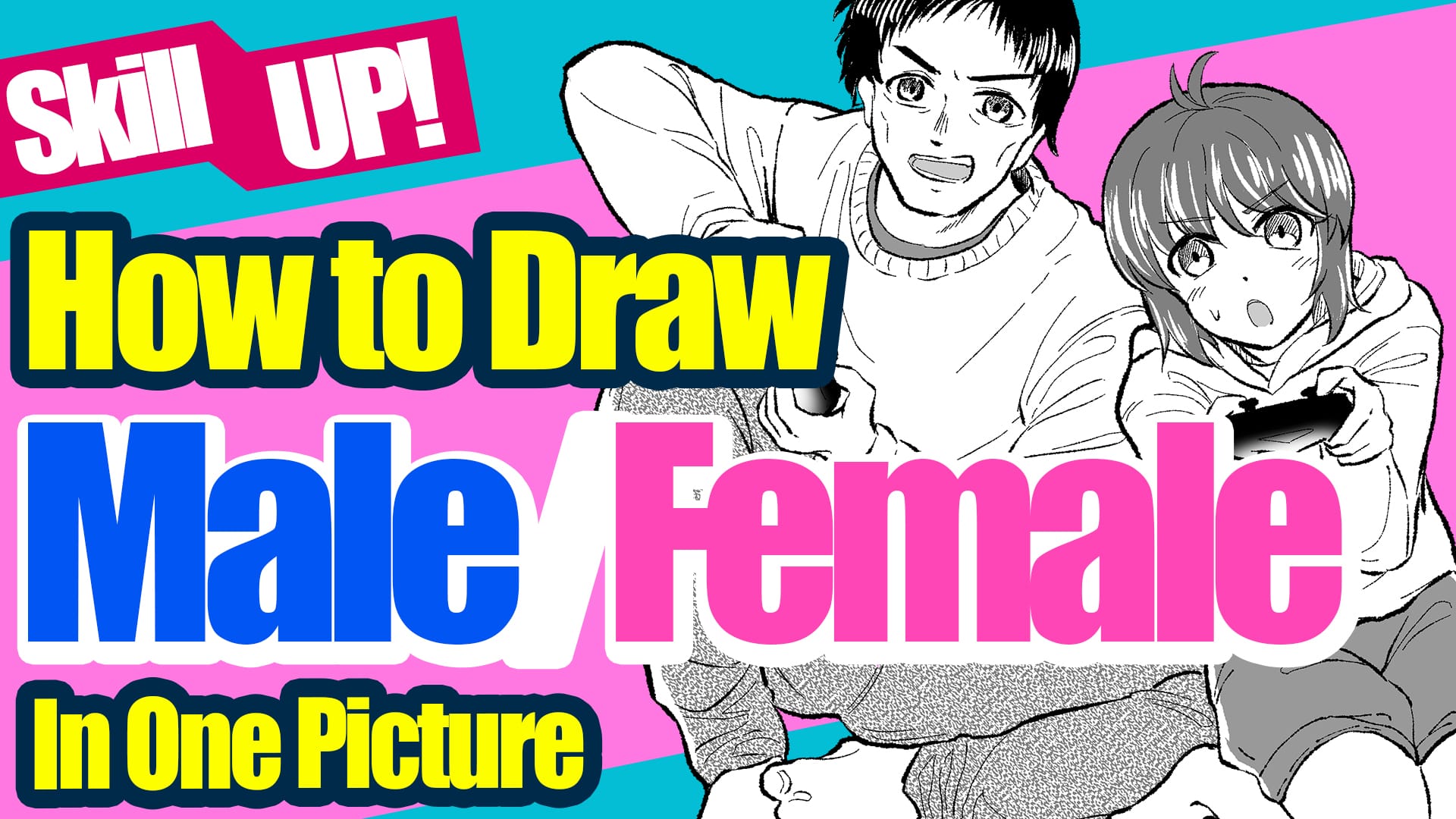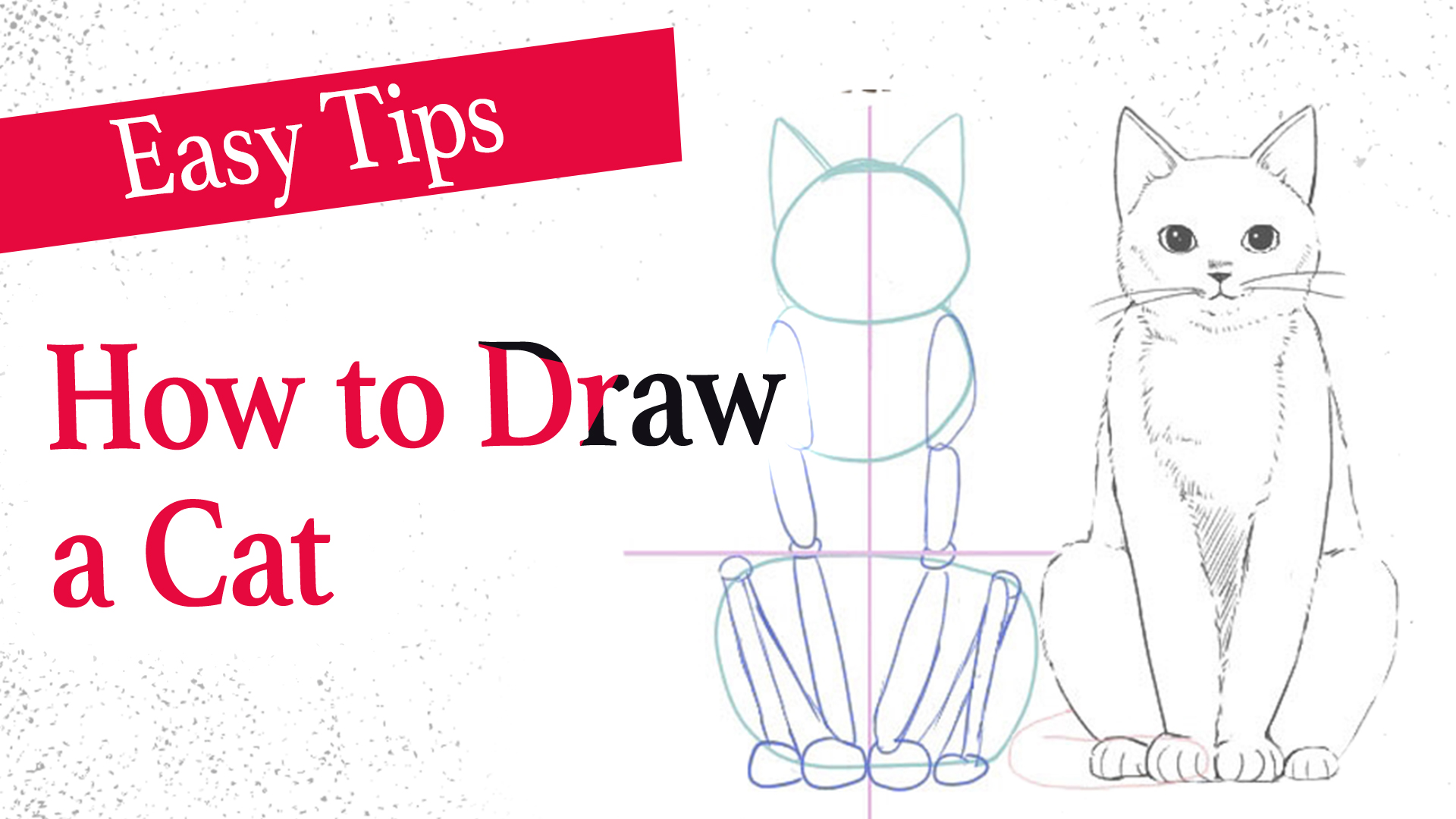2020.10.02
Posing Basics: Contrapposto
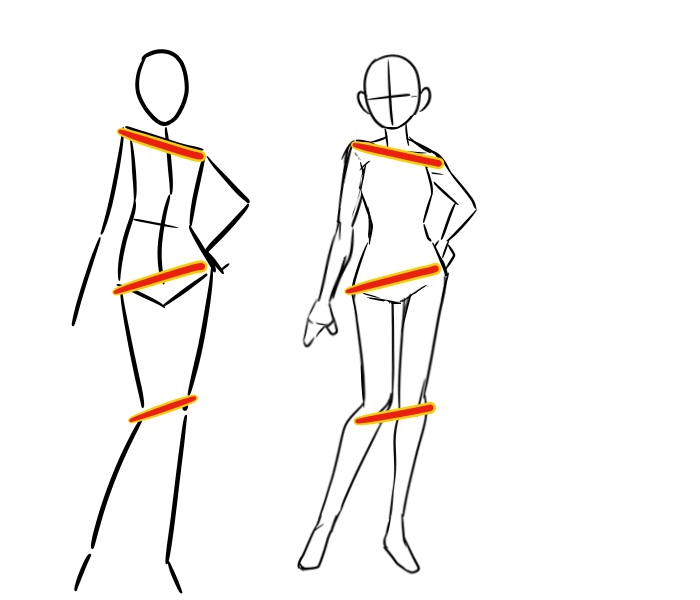
Index
If you want to draw a standing figure, I recommend ContraPost
When you try to draw a standing figure, does it ever look somewhat unnatural?
Normally, humans have a tendency not to stand on a stick unless they intend to.
So if you want to draw a natural standing posture, I recommend that you try to draw it with a contraposture in mind.
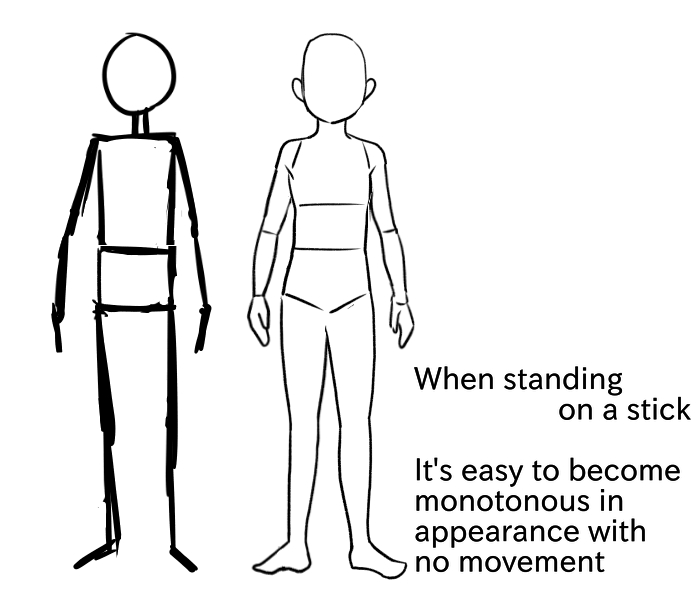
So let’s take a look at Contra Post.
What is contra post?
Contraposto is a word of Italian origin and refers to the state of standing with much of your weight on one leg.
By dropping the center of gravity to one leg and shifting the tilt of the arms and shoulders from the inclination of the pelvis, it is possible to create an expression that captures a moment of movement.
Contraposto is evident in Renaissance and ancient Greek and Roman sculptures, such as Michelangelo’s David.
Contraposting Tips
The tips for contra post can be summarized in three points
– Shoulder and hip axis are in conflict.
Awareness of the S shape of the spine
Center of gravity on the foot that you are putting weight on
Shoulder and hip axis are in conflict
The first trick is to make the axes of your shoulders and hips oppose each other, not parallel.

The axis of the hips and knees will be parallel.
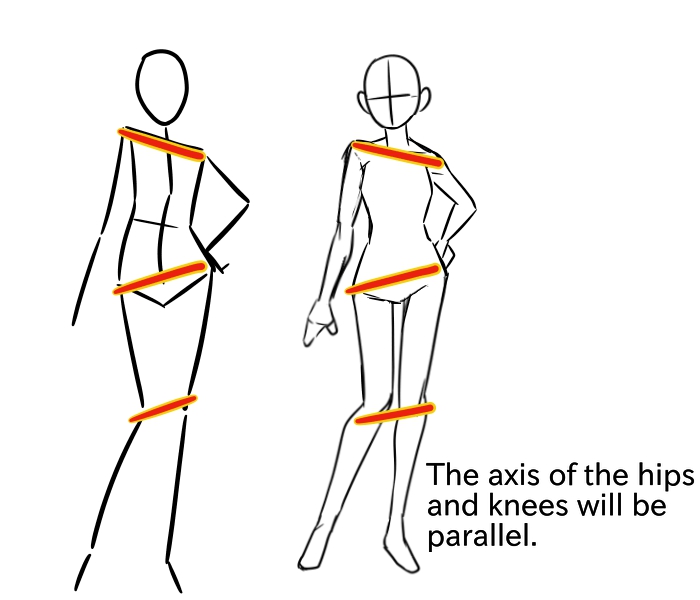
Also, if you draw a pose where you place your hands on the hips, which is common in model stands, you can stabilize the pose by placing them on the hips where the axis is raised.
Aware of the S-shaped flow of the spine
The second trick is to be aware of the S-line of the spine.

In combination, being aware of the midline in front of the body will help you to grasp the three-dimensional structure.
Centre of gravity with the axis of the hips coming up
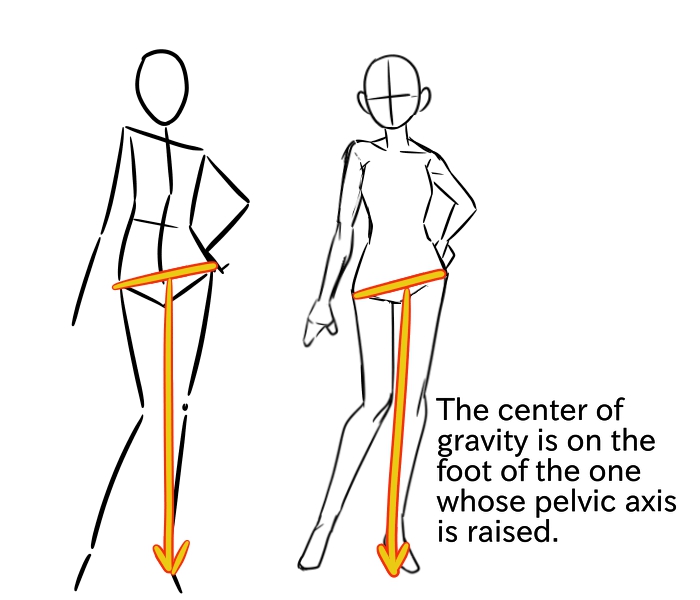
The center of gravity rests on the foot of the person whose pelvic axis is raised.
Except in cases where you are carrying a load or exercising, your center of gravity when standing is from below your navel to a vertical position down to the ground.
When your center of gravity is resting on your feet, they are tensed and pinned to the ground.
On the contrary, when the center of gravity is off, or the axis of gravity is below the hips, the foot is not in a state of tension.
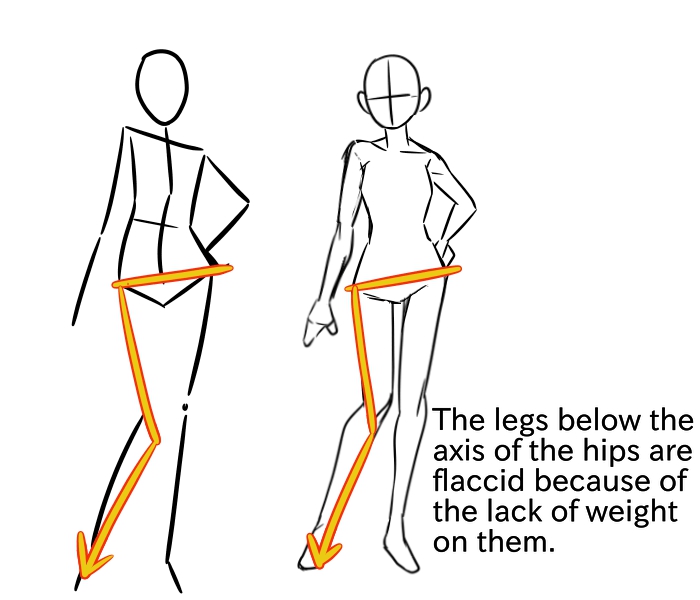
Bend the joints that can be bent
As an application of posing, you can bend your hips, elbows, wrists, knees, ankles, and other bendable joints to get an even more dynamic feel.

You can also place one foot or one hand at the back to create movement.

With all of the above in mind, I hope you’ll give Contra Post’s stand-up routine a shot!
\ We are accepting requests for articles on how to use /

